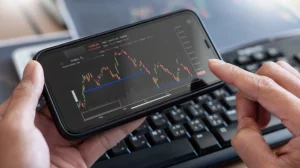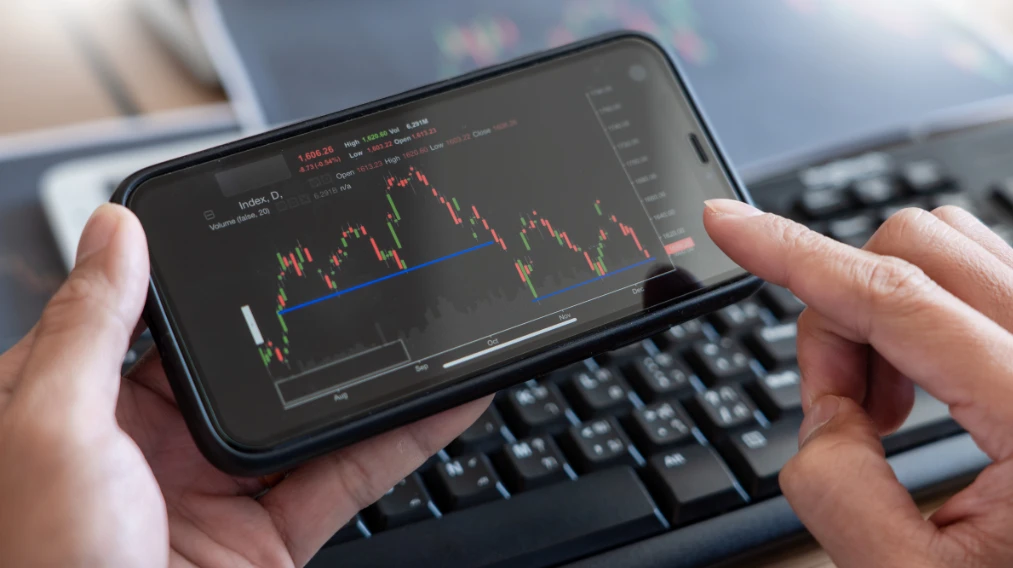Tools for Smarter Trading Decisions
The foreign exchange (forex) market is vast, complex, and—perhaps surprisingly—underexplored by many in wealth management. If you’re managing assets or advising high-net-worth individuals, chances are you’re already considering tools and strategies that can give your clients an edge. But the tools we use to navigate the forex market could be the difference between mere participation and achieving a significant, data-driven advantage. Forex trading platforms have evolved in ways that empower us, as wealth managers, to make faster, more informed decisions. So, how do we make the most of these powerful tools?
Understanding the Forex Market’s Role in Wealth Management
The forex market’s sheer size is staggering: with a daily trading volume of $7.5 trillion, it’s the world’s largest and most liquid market, surpassing even the New York Stock Exchange. For wealth managers, forex can be an exciting addition to a portfolio, providing an opportunity to hedge against inflation, benefit from currency fluctuations, and diversify risk.
But diving into forex without the right tools would be like sailing into open waters without a compass. The platforms and software available today make it possible to track, analyze, and even automate trades in a way that can give wealth managers an upper hand. At the core, forex software provides the structure to harness this market’s potential.
The Power and Potential of Forex Trading Software
We’ve seen a surge in sophisticated trading platforms designed to serve retail investors and institutions alike. The global forex trading platform market was valued at $11.3 billion in 2023, projected to reach over $24 billion by 2032. The demand for these tools speaks volumes: investors want smarter, data-driven approaches.
Consider a few essential features that distinguish the top forex platforms:
Automated Trading Systems: These systems execute trades based on predefined rules, enabling trades around the clock without the emotional pitfalls that human traders can experience. For me, this has been particularly useful when clients have international assets across multiple time zones.
Technical Analysis Tools: Real-time data and in-depth charting capabilities let us analyze trends with precision. For instance, when managing a client’s risk exposure in euros while keeping an eye on the USD, these tools allow me to make informed decisions faster.
Risk Management Features: Stop-loss and take-profit orders are the backbone of disciplined trading. For wealth managers, having control over potential losses or gains aligns closely with client expectations, especially when managing high-value portfolios. In my experience, having these options empowers my clients to take calculated risks while protecting their investments.
Selecting the Right Forex Trading Platforms
While the number of platforms available can feel overwhelming, the good news is that a handful of them have established themselves as industry leaders.
MetaTrader 4 and MetaTrader 5 (MT4 and MT5) have dominated the scene, capturing about 85% of the market. They’re popular for a reason: they offer comprehensive charting, customizable interfaces, and support for automated trading.
cTrader has carved out a niche for itself with advanced charting tools that allow for detailed, granular analysis, which is invaluable for those of us who are more hands-on with technical analysis.
ProRealTime is a powerful option for traders focused on quality charts and reliable data, useful for wealth managers who want an interface that’s both functional and visually effective.
- ForexRova: Developed by Avenix Fzco, ForexRova is an Expert Advisor designed specifically for trading the XAUUSD pair on the M30 timeframe. It combines advanced market analysis with robust risk management features, including a single order policy and global stop levels, aiming to deliver consistent, profitable trades
I’ve worked with clients on each of these platforms, and each has its strengths depending on the trading style. Ultimately, selecting a platform boils down to balancing functionality with ease of use—something that’s unique to each client’s preferences and experience level.
Big Data Analytics and the Evolution of Forex Software
If there’s one tool that’s been a game-changer, it’s the integration of big data analytics in forex trading. Imagine processing and analyzing vast amounts of information in real time to identify emerging market trends. Big data analytics has reshaped how I approach forex strategies for my clients, providing data-driven insights that make trading far more predictive than speculative.
For instance, analyzing trends in the Japanese yen versus the U.S. dollar might reveal insights that impact portfolio decisions in real time. In the past, the sheer amount of data would have made this analysis impractical, but now, with the power of big data, wealth managers can back up strategies with concrete evidence.
Key Insights into Forex Market Participation and Currency Statistics
A few interesting statistics underscore the market dynamics that we’re working with:
Institutional Dominance: Approximately 85% of forex trading volume is driven by institutional players—major banks, corporations, and hedge funds. This means that wealth managers can benefit from a degree of stability, as the big players often drive currency trends.
Retail Participation: Retail trading, though only about 6% of the market, continues to grow, making it easier for wealth managers to diversify strategies and cater to smaller, high-net-worth clients who might not be served by traditional banking avenues.
Currency Trends: The U.S. dollar remains the most traded currency, involved in 88% of all forex transactions, followed by the euro and Japanese yen. Major pairs like EUR/USD and USD/JPY make up the lion’s share of volume—data that can guide wealth managers in shaping portfolio strategies.
Making Forex Work in Wealth Management
As wealth managers, we’re always on the lookout for ways to add value, and forex trading is an exciting way to do just that. I remember working with a client who was initially cautious about currency trading but, after understanding the potential for low-correlation returns, began to view it as a dynamic piece of his portfolio. Forex software’s ability to demystify complex trades made all the difference.
Here’s a question to consider: are you fully utilizing the data at your fingertips? Forex software isn’t just about making trades easier; it’s about leveraging tools to inform better decision-making for the long term. Whether you’re managing a multi-million portfolio or advising a high-net-worth individual, these platforms give you the data-driven edge needed in today’s markets.
Final Thoughts
In wealth management, the goal is to preserve and grow wealth sustainably, and forex trading can be an invaluable component of that strategy. The software platforms we have at our disposal provide the analytics, automation, and risk management tools that make it feasible. By investing in the right forex tools, we’re not just managing currency fluctuations; we’re empowering clients to benefit from them.
As you assess the role of forex in your practice, remember: tools are only as powerful as the insights you draw from them. The forex market is vast, but with the right software, it’s navigable—and profitable.











